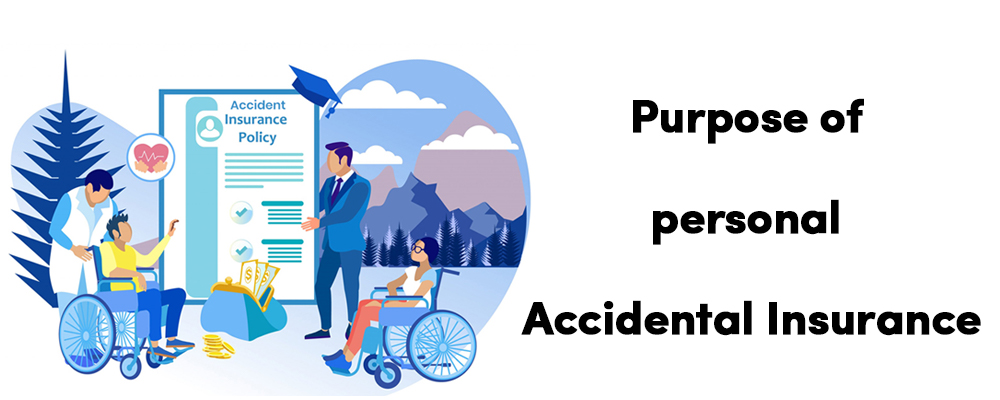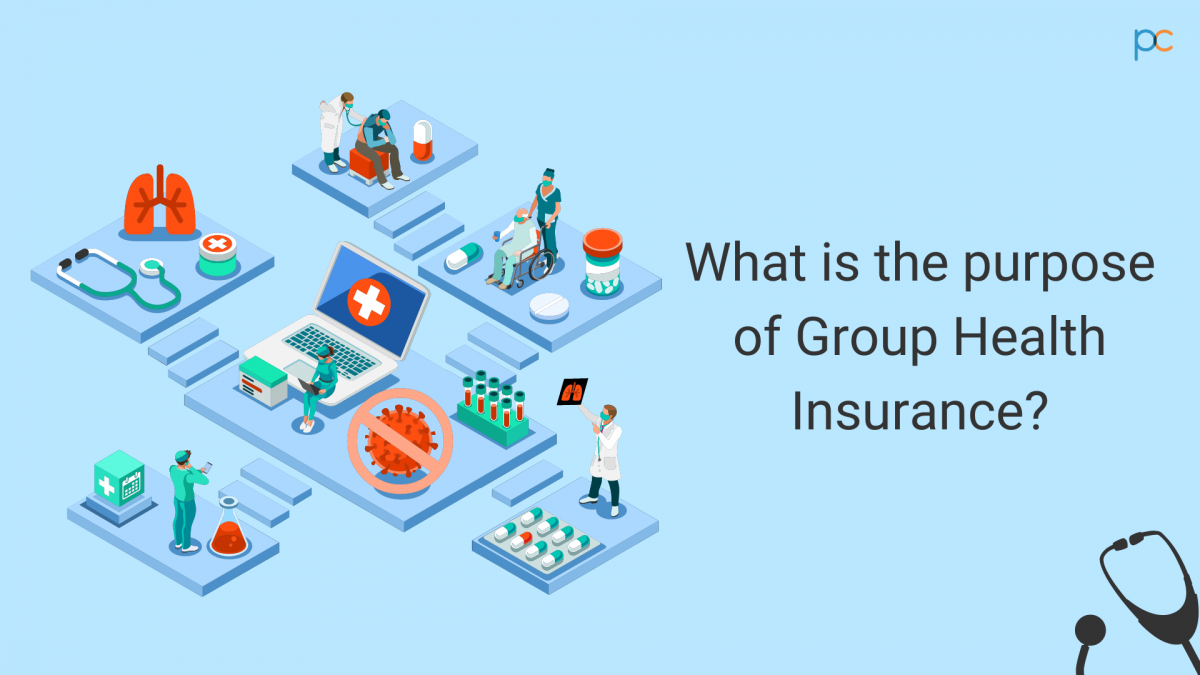Pacific Prime for Beginners
Pacific Prime for Beginners
Blog Article
The Only Guide for Pacific Prime
Table of ContentsThe smart Trick of Pacific Prime That Nobody is DiscussingGet This Report about Pacific PrimeIndicators on Pacific Prime You Need To Know5 Simple Techniques For Pacific PrimeNot known Details About Pacific Prime

This is due to the fact that the data were gathered for a period of solid financial efficiency. Of the approximated 42 million individuals that were uninsured, all however concerning 420,000 (regarding 1 percent) were under 65 years of age, the age at which most Americans become qualified for Medicare; 32 million were adults in between ages 18 and 65, around 19 percent of all grownups in this age; and 10 million were children under 18 years of age, regarding 13.9 percent of all kids (Mills, 2000).
These price quotes of the number of persons without insurance are generated from the yearly March Supplement to the Present Populace Survey (CPS), performed by the Census Bureau. Unless otherwise kept in mind, nationwide quotes of people without wellness insurance policy and proportions of the population with various kinds of coverage are based on the CPS, one of the most widely used resource of quotes of insurance protection and uninsurance rates.
Some Known Details About Pacific Prime

Still, the CPS is especially beneficial since it produces yearly price quotes reasonably rapidly, reporting the previous year's insurance policy protection estimates each September, and because it is the basis for a regular set of estimates for greater than 20 years, permitting evaluation of fads in coverage over time. For these factors, in addition to the considerable use the CPS in other research studies of insurance protection that exist in this report, we depend on CPS price quotes, with constraints kept in mind.

The estimate of the variety of without insurance individuals expands when a populace's insurance coverage status is tracked for several years. Over a three-year period starting early in 1993, 72 million people, 29 percent of the U.S. https://pxhere.com/en/photographer/4223924. population, were without protection for at least one month. Within a single year (1994 ), 53 million people experienced at the very least a month without coverage (Bennefield, 1998a)
6 out of every 10 uninsured grownups are themselves used. Functioning does boost the probability that one and one's family members will certainly have insurance policy, it is not a guarantee. Even participants of families with two full-time breadwinner have virtually a one-in-ten opportunity of being uninsured (9.1 percent uninsured price) (Hoffman and Pohl, 2000).
See This Report on Pacific Prime
New immigrants make up a substantial proportion of individuals without health insurance policy. One analysis has connected a significant section of the current development in the dimension of the united state without insurance populace to immigrants who showed up in the country in between 1994 and 1998 (Camarota and Edwards, 2000). Recent immigrants (those who came to the USA within the past four years) do have a high price of being uninsured (46 percent), but they and their kids account for just 6 percent of those without insurance coverage across the country (Holahan et al., 2001).
The relationship between medical insurance and accessibility to care is well developed, as documented later in this chapter. The partnership in between health and wellness insurance and wellness outcomes is neither direct neither straightforward, a comprehensive scientific and health and wellness services study literary works links health insurance policy coverage to enhanced access to care, much better high quality, and enhanced individual and population wellness condition.
Degrees of analysis for analyzing the results of uninsurance. It concentrates especially on those without any wellness insurance policy for any size of time.
Some Known Details About Pacific Prime
The troubles faced by the underinsured remain in some aspects comparable to those dealt with by the uninsured, although they are usually much less severe. international health insurance. Uninsurance and underinsurance, however, include noticeably various policy issues, and the methods for addressing them might differ. Throughout this study and the five records to follow, the primary focus gets on individuals with no health and wellness insurance policy and thus no aid in spending for healthcare beyond what is offered through charity and security net institutions
Medical insurance is an effective aspect impacting receipt of care due to the fact that both find patients and doctors reply to the out-of-pocket rate of solutions - https://trello.com/w/pacificpr1me_. Health insurance policy, nonetheless, is neither essential neither sufficient to access to medical services. The independent and direct effect of health insurance protection on accessibility to health services is well established.
Others will certainly get the healthcare they need also without medical insurance, by spending for it out of pocket or seeking it from service providers who offer care free or at very subsidized prices. For still others, medical insurance alone does not ensure receipt of care as a result of various other nonfinancial barriers, such as a lack of health care providers in their neighborhood, limited access to transportation, illiteracy, or etymological and cultural distinctions.
The smart Trick of Pacific Prime That Nobody is Talking About
Official research study regarding uninsured populations in the United States dates to the late 1920s and very early 1930s when the Board on the Expense of Medical Treatment produced a series of reports regarding financing physician office brows through and hospital stays. This concern became salient as the numbers of medically indigent climbed during the Great Clinical depression.
Report this page